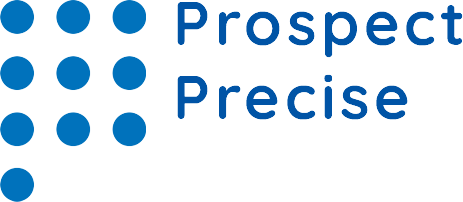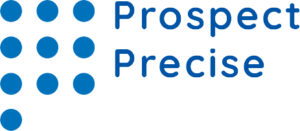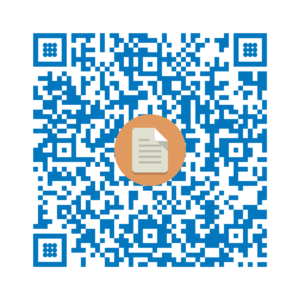The concept of cold calling might appear antiquated in today’s congested B2B world, when personalization and relevance are viewed as essential competitive differentiators. Unsolicited phone outreach is constantly mentioned as a throwback strategy in business magazines and social media feeds as a spray-andpray strategy.
However, it appears that may not be totally accurate. Even though cold calling can be intimidating, it still has a role in the sales pipelines of today. Sales development representatives (SDRs) and account executives (AEs) are discovering that cold calling may be a successful method of reaching prospects in the COVID era and the rise of remote work – when handled properly.
B2B cold calling is simply calling a prospective customer before they’ve expressed interest in a product or service.
Since salespeople need to create a pipeline, cold calling has survived the test of time mostly out of necessity. Every transaction begins with a discussion. Consider B2B cold calling as merely the first step in the sales process. And think about how effective it can be according to these facts:
Cold calling is reportedly highly effective according to 27% of sellers. Still, almost 70% of purchasers take unsolicited calls.
Other advantages of cold calling (that you might not always obtain, say, through cold emailing) include:
1. Attracting net-new clients
2. Enhancing your sales presentation
3. Establishing a relationship of trust with a prospective client
Failing to prepare is preparing to fail, especially considering that only 3% of buyers actually trust sales reps.
Every sales team needs a procedure to organize duties and improve the effectiveness of cold calling. A sales call has two components: the pre-call planning and the actual execution.
Pre-call responsibilities include items like:
1. Dividing up your client list
Spend some time creating a segmented list of prospective customers that you know would benefit from what you’re selling since you’ve done the research.
2. Using department insights and organizational charts
You can employ a multi-threaded strategy with the aid of organizational charts and departmental data. Your chances of getting a meeting with the appropriate personnel will increase if you understand department organization, including reporting, budgeting and head counts.
Six to ten decision-makers typically make up the purchasing group for a complicated B2B solution, according to Gartner experts. Because of this, organizational charts are a useful tool for sales representatives. It is significantly more successful to go up or down the business with purpose if you understand the relationships between important decision-makers.
3. Finding precise direct-dial numbers
If your contact information is not current and accurate, you are wasting your time. Making cold calls is challenging enough without having to navigate corporate switchboards or use incorrect phone numbers.
4. Acquire a dialer
Users of automated dialers can make calls automatically using uploaded contact lists. The time-saving potential of auto dialers should be clear given that sales representatives routinely place between 45 and 100 calls per day. Click-to-dial and pre-recorded voicemails are two more features that can help increase productivity by removing repetitive, error-prone chores.
5. Employ scripts (especially when just starting out)
Even the most seasoned sales representative should have access to sales scripts. Without having to worry about stumbling over words or unanticipated objections, they help you prepare for an excellent conversation. Additionally, they facilitate new SDR training and make cold calling seem less frightening. And you may add as much personalization as you like to meet the requirements of any particular prospect.
6. A cheat sheet for your merchandise or remedy
You need to be ready to respond to unforeseen queries and any objections. It’s essential to understand exactly what your product accomplishes since you must express how much value it can provide to the prospect’s business.
Cold calling may appear to be intrusive and out-of-date. However, the strategy has changed to become more effective in the contemporary B2B sales environment. By knowing how to convey value to a prospect, reps with a solid process position themselves to be useful.
They have the methods and resources in place to conduct the appropriate research, so this isn’t an accident. To put it another way, if you do your homework, a cold call should feel more like a test that you can ace than like a quick quiz.




